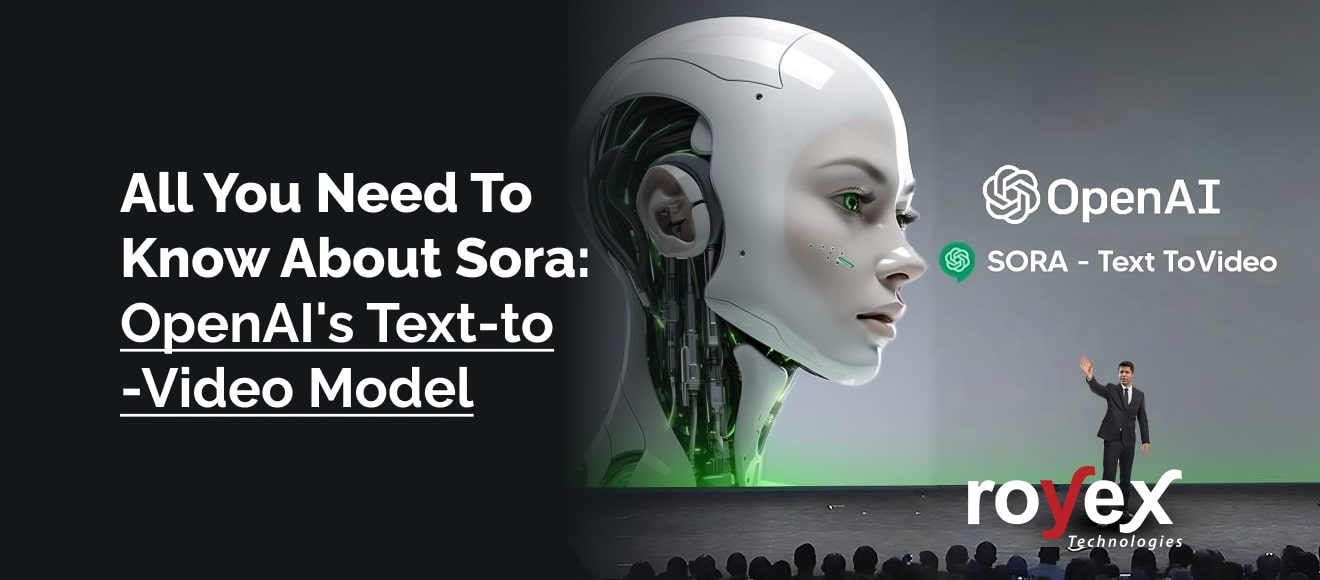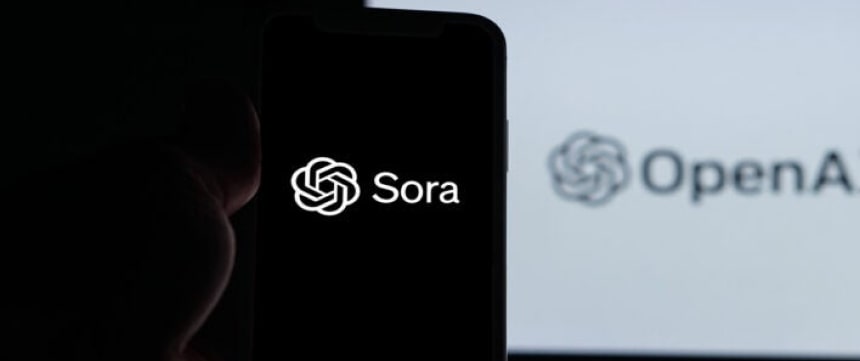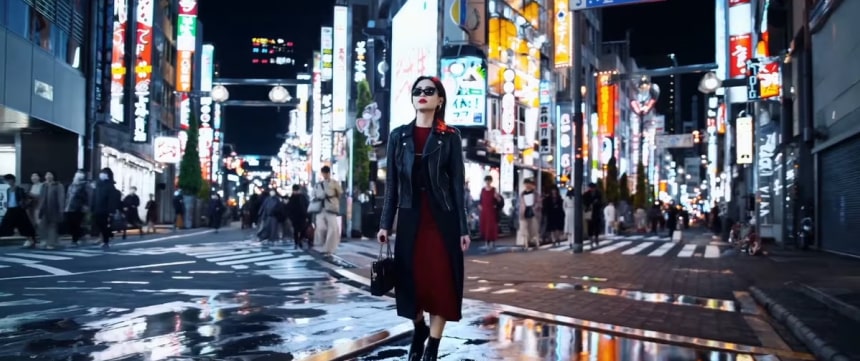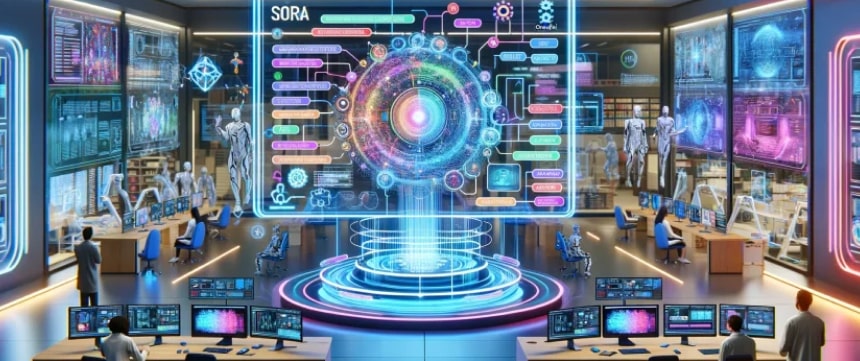
All You Need To Know About Sora: OpenAI's Text-to-Video Model
In recent years, artificial intelligence has made remarkable strides in understanding and replicating various aspects of the human experience. Among these advancements, OpenAI has unveiled a revolutionary model known as Sora, poised to redefine the way we interact with AI-generated content. Sora represents a significant leap forward in the field of AI, particularly in its ability to comprehend text prompts and translate them into dynamic, lifelike videos.
With its text-to-video capabilities, Sora brings forth a new era of creativity and problem-solving, where users can simply describe a scene or scenario in words, and Sora will visualize it with stunning accuracy and detail. Whether it's envisioning a bustling Tokyo street illuminated by neon lights or depicting the majestic movements of wooly mammoths in a snowy landscape, Sora seamlessly bridges the gap between imagination and reality.
In this comprehensive guide, we delve into all aspects of Sora, exploring its functionality, applications, strengths, weaknesses, and the underlying research techniques that power its operations.
What is Sora, and How Does it Work?

Sora is a neural network trained on a massive dataset of videos and images. Given a text prompt, it can geerate high-quality videos up to 60 seconds long, featuring detailed scenes, complex camera movements, and even multiple characters with emotions.
Sora operates on a sophisticated neural network architecture, leveraging state-of-the-art techniques in deep learning and natural language processing (NLP). The model comprises multiple components, including transformers, recurrent neural networks (RNNs), and convolutional neural networks (CNNs), working in tandem to process and synthesize textual descriptions into visual representations.
When provided with a textual prompt, Sora first analyzes the input to extract key semantic and contextual information. It then proceeds to generate frame-by-frame visualizations based on this understanding, incorporating elements such as objects, characters, actions, and backgrounds to construct coherent video sequences. Through iterative refinement and optimization, Sora produces lifelike videos that closely align with the input text.
What Can Sora Do?

Sora's potential applications are vast and varied. From assisting filmmakers and visual artists in generating content to aiding educators in creating immersive learning experiences, the possibilities are endless. Moreover, Sora's ability to simulate the physical world opens doors to new avenues of research and exploration in fields such as robotics, autonomous vehicles, and environmental modeling.
One of the most striking aspects of Sora is its deep understanding of language, enabling it to accurately interpret prompts and generate characters imbued with vibrant emotions.
Additionally, Sora can create multiple shots within a single video, seamlessly transitioning between scenes while maintaining consistency in characters and visual style.
Here are few examples:
-
Realistic and high-quality video generation: Sora can produce videos up to a minute-long, maintaining visual quality and adhering faithfully to the user's instructions. Whether it's a bustling Tokyo street scene or a majestic woolly mammoth traversing a snowy meadow, the model brings vibrant imagery to life.
-
Understanding of physical world dynamics: Sora goes beyond simply creating visually appealing scenes. It understands the physical laws governing the world, enabling it to realistically depict motion, interactions between objects, and the interplay of light and shadow.
-
Complex scene generation: The model can handle intricate prompts involving multiple characters, specific movements, and detailed backgrounds. Its ability to grasp spatial relationships and temporal sequences empowers it to create sophisticated narratives within its generated videos.
-
Diverse artistic styles: Users can specify desired artistic styles, from cinematic film shots to 3D animation and papercraft aesthetics. This versatility opens up a vast range of creative possibilities.
Some Possible Applications of Sora
-
Transforming text scripts into movie trailers, short films, animations, and documentaries. Sora empowers filmmakers and storytellers to bring their ideas to life visually, crafting compelling and unique videos. It also assists viewers in discovering intriguing content tailored to their preferences.
-
Elevating existing videos by incorporating new elements like special effects, background alterations, or additional characters. Sora aids video editors and producers in enhancing their content creatively, fostering variety and innovation. Viewers benefit from more personalized and interactive viewing experiences based on their feedback.
-
Generating educational videos from text summaries, elucidating scientific concepts, historical events, or cultural phenomena. Sora supports educators and learners in accessing informative and engaging video content that enhances comprehension and retention. Viewers can delve into diverse topics and subjects driven by their curiosity and inquiries.
-
Crafting personalized social media videos, Sora enables social media users and influencers to create and share distinctive and entertaining videos that reflect their personality and emotions. It facilitates viewer engagement and interaction through likes and comments.
-
Visualizing concepts, scenarios, and aspirations from textual descriptions like product designs, future imaginings, or fantasy realms. Sora assists designers and innovators in prototyping and refining their ideas, fostering collaboration and feedback. Viewers can immerse themselves in various realities and possibilities, guided by their imagination and creativity.
Current Limitations and Areas For Improvement
-
Physical simulation inaccuracies: While Sora grasps physical principles, it's still under development, and certain complex scenes might exhibit unrealistic motion or object interactions.
-
Spatial and temporal inconsistencies: Occasionally, the model may struggle with left-right confusion or maintaining consistency in events unfolding over time.
-
Sora has the potential to generate inaccurate, inappropriate, or harmful content, including misrepresentation of facts, privacy violations, and promotion of bias.
-
Additionally, Sora's output may be so realistic that it becomes indistinguishable from reality, posing ethical and social risks such as spreading misinformation, manipulating emotions, or undermining trust.
-
Sora may struggle with complex or ambiguous prompts, such as those involving multiple sentences, logical reasoning, or abstract concepts.
-
Furthermore, Sora may fail to generate coherent or consistent videos, particularly those requiring temporal continuity, causal relationships, or narrative structure.
Safety Measures and Responsible Development

OpenAI acknowledges the potential risks associated with powerful AI tools like Sora. They are taking proactive steps to ensure responsible development and deployment, including:
-
Collaborating with red teamers: Experts in areas like misinformation and bias will identify and address potential vulnerabilities and harmful use cases.
-
Developing detection tools: Classifiers will distinguish Sora-generated videos from real footage, promoting transparency and mitigating misuse.
-
Leveraging existing safety methods: OpenAI's safety strategies for DALL-E 3, such as content filtering and image classifiers, will be applied to Sora as well.
-
Engaging stakeholders: Collaboration with policymakers, educators, and artists will foster constructive dialogue around the ethical implications and potential benefits of this technology.
Research Techniques and Future Prospects
Sora represents a culmination of cutting-edge research techniques, including diffusion modeling and transformer architectures. By unifying data representation and leveraging past research in models like DALL·E and GPT, Sora stands as a testament to the progress of AI research and its potential to shape the future.
Looking ahead, Sora's release marks a crucial step towards bridging the gap between textual ideas and visual experiences. The model's capabilities demonstrate the vast potential of AI to revolutionize various fields, including visual effects, animation, storytelling, and even scientific visualization. It remains crucial to address the remaining limitations and prioritize responsible development, ensuring that this technology serves humanity as a powerful tool for creative expression and exploration.
In conclusion, Sora represents a remarkable advancement in AI technology, with far-reaching implications for various industries and fields of study. As OpenAI continues to refine and expand Sora's capabilities, we can expect to witness further breakthroughs that push the boundaries of what AI can achieve. The journey towards Artificial General Intelligence is ongoing, and with Sora leading the way, the possibilities are endless.




